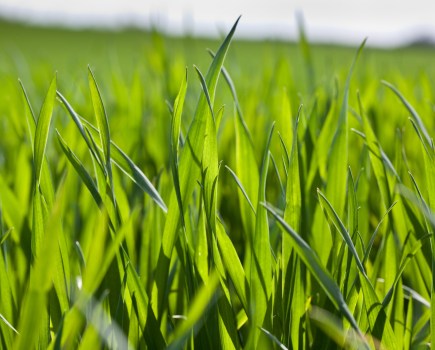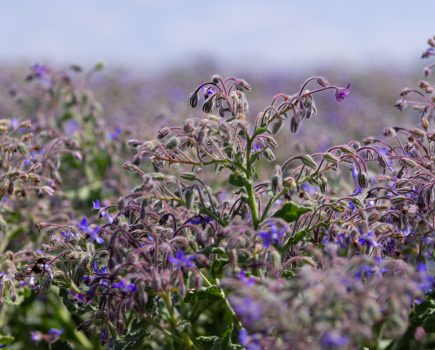A rapid test launched in September for light leaf spot in oilseed rape has identified low levels of disease, despite with no visible signs on the plant.
The company behind the SwiftDetect test, Microgenetics, says initial results from samples sent in since September have shown that LLS has been detected in varieties with resistance ratings of 5-6, despite no evidence on the leaf.
“With a long latent period and almost microscopic early symptoms, LLS can be easily missed without using a latent test,” says Chris Steele, Chris Steele, crop diagnostics product manager from Microgenetics. “This makes treating the disease challenging.”
Quick results
From a sample of 10 leaves, SwiftDetect will test down to a single cell of LLS in OSR with results in one business day.
“It provides farmers with a cost-effective and accurate way to reveal how much disease is in the crop, when fungicides will be at their most effective,” says Chris. “Because the test can detect LLS before symptoms are visible, it will help farmers and agronomists optimise fungicide efficacy, delay costly fungicide applications in low detection fields and target applications to specific fields with high and early pathogen detection.
“This can potentially reduce overall cost and minimise crop protection use.”
Disease detection
SwiftDetect has been around for two years already, and the LLS test is the latest in a portfolio which also includes:
- Septoria in wheat
- Yellow rust in wheat
- Brown rust in wheat
- Mildew in wheat
- Ramularia in barley
In 2023, the service will expand further to include net blotch and rhynchosporium in barley as well as phoma and sclerotinia in OSR.




